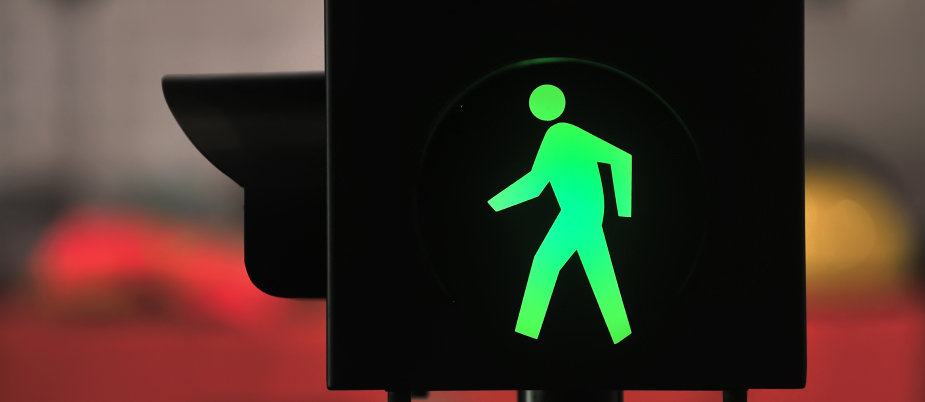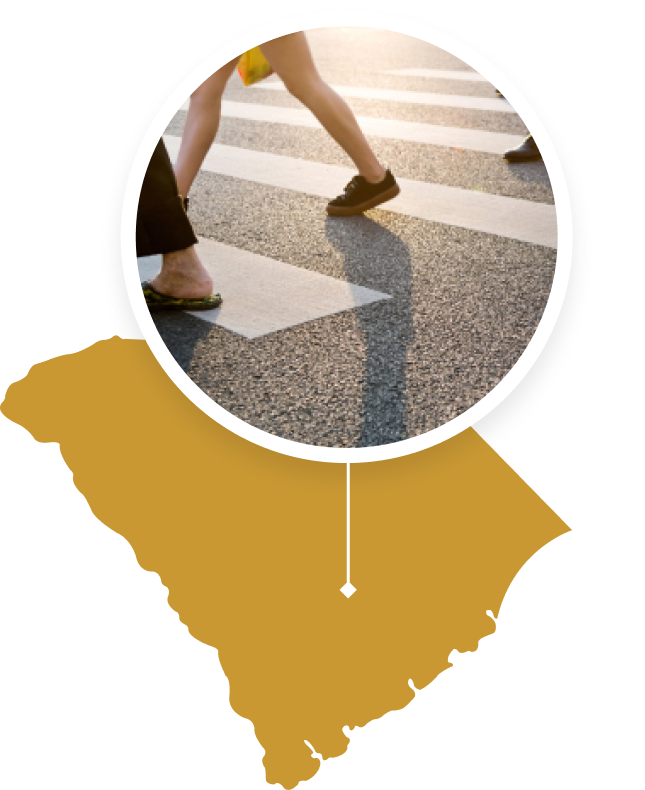If you recently got hit by a car as a pedestrian, you are likely facing significant medical bills, income reductions, and other losses through no fault of your own. The burden of these losses can feel overwhelming on top of coping with painful injuries. But you don’t have to handle this alone.
Joe Cunningham understands the struggles many pedestrian accident injury victims encounter, and he can be your tireless advocate for fair compensation. As a former U.S. Congressman for South Carolina’s 1st District, Joe is known for his “people-first” approach, and he brings that same mindset to personal injury law. Joe makes sure to keep all his clients informed every step of the way, as he builds a solid case to demand the maximum settlement or verdict they are owed.
Let Joe put his compassion, experience, and dedication to work for you. Contact Joe Cunningham Law today for your free, no-obligation case review with a pedestrian accident lawyer in Charleston.
What Are the South Carolina Pedestrian Laws?
Pedestrian safety is an important concern for all road users. In South Carolina, there are laws and regulations in place to protect pedestrians that assign responsibilities to drivers and pedestrians alike.
Key pedestrian laws in South Carolina include the following:
- Drivers must reduce speed when approaching areas with pedestrians. Drivers should slow down and be prepared to stop, if necessary, in these areas to avoid collisions.
- Drivers cannot enter intersections or marked crosswalks unless there is sufficient space to fully accommodate their vehicle without blocking the passage of pedestrians or other vehicles.
- Pedestrians must obey traffic signals, signs, and regulations unless specifically directed otherwise by a police officer.
- At intersections without signals, drivers must yield the right-of-way to pedestrians in crosswalks by stopping or slowing down.
- Drivers crossing sidewalks must yield the right of way to pedestrians.
- Pedestrians cannot suddenly leave curbs and walk into the paths of oncoming vehicles. Drivers cannot pass other vehicles stopping to allow pedestrians to cross the road.
- Where possible, pedestrians should use the right halves of crosswalks. This keeps crosswalks clear for other pedestrians and improves visibility for drivers.
- Pedestrians crossing outside of marked or unmarked crosswalks must yield the right-of-way to vehicles by waiting for gaps in traffic. Pedestrians cannot cross diagonally at intersections unless explicitly allowed by traffic control devices or officers.
- Where sidewalks are available, pedestrians must use them rather than walking on roads. If no sidewalks are present, pedestrians must walk facing traffic as far from the road edge as possible.
- Every driver must come to a complete stop and take extra caution when pedestrians with guide dogs, white canes, or walking sticks are crossing or waiting to cross the road.
- Drivers must be careful to avoid collisions with pedestrians at all times and should use audible signals if needed. Drivers should take extra care around children, confused persons, impaired people, and others who may not be aware of their surroundings.



